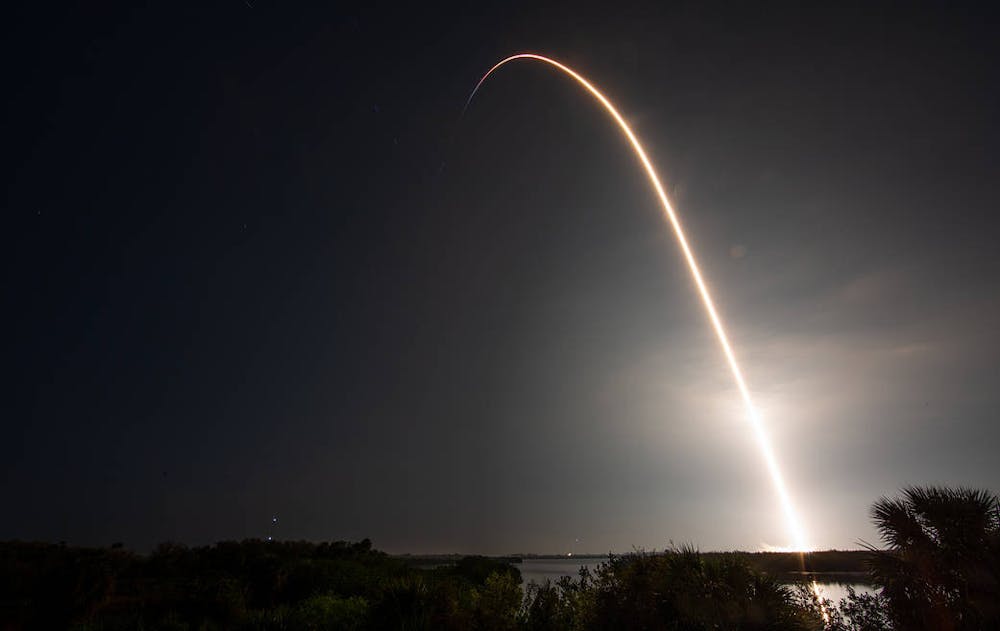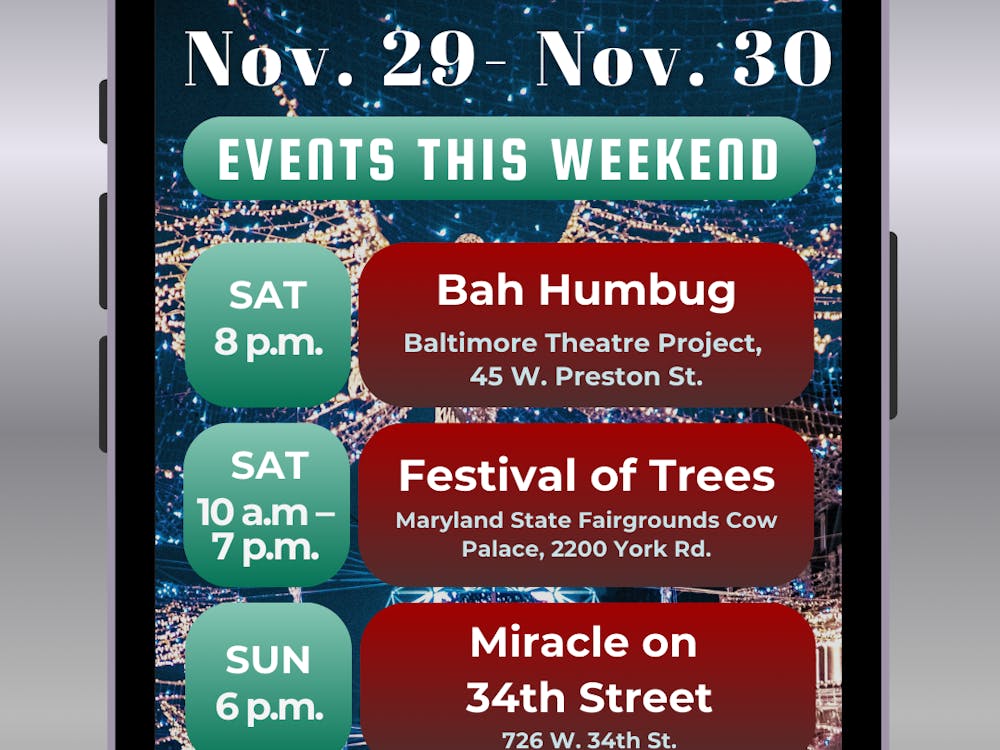This week, we'll take a closer look at some of the most exciting scientific developments and technology updates. From space explorations to the genome of grapes, this week has it all.
NASA postponed and relaunched SpaceX
On March 3, NASA’s SpaceX Crew-6 launched from the Kennedy Space Center in Florida to the International Space Station (ISS), joining the seven Expedition 68 crew members aboard the station. NASA previously postponed the launch, initially scheduled for Feb. 27, at the last minute due to a ground systems issue. This mission is the ninth manned operation that SpaceX has conducted on behalf of NASA since 2020. The SpaceX Crew-6 team, consisting of a spacecraft commander, a pilot and two mission specialists, will stay aboard the orbiting laboratory for about six months. They will perform scientific experiments and maintenance on the station, which has been in use for 20 years. Upon their arrival at the ISS, they will take up the baton from the SpaceX Crew-5 team, who arrived at the station on October 2022. More details about the Crew-6 mission will be available on NASA’s blog.
Can we deflect deadly asteroids?
If we detect a dangerous asteroid headed toward Earth, how would we respond? NASA's Double Asteroid Redirection Test (DART) mission, working in collaboration with the Johns Hopkins Applied Physics Lab, conducted an experiment last year to determine if a kinetic impactor could effectively deflect an asteroid by launching a spacecraft the size of a refrigerator into an asteroid the size of a football field. Initial results from the experiment are promising. The team published four papers in Nature that analyzed the impact's effects on the asteroid's momentum and orbit. According to one paper, DART demonstrated that it is possible to intercept asteroids under a kilometer wide without prior reconnaissance missions, so long as there is sufficient warning time. In another study, the researchers calculated the momentum change experienced by the asteroid after DART’s kinetic momentum. Overall, the findings suggest that kinetic impactor technology could be a practical method for defending the Earth if needed.
Genome sequencing reveals the history of grape domestication
For millennia, humans have consumed and used grapes to make wine; however, their evolutionary history has been largely unknown. A team of scientists recently conducted extensive research on grapevine varieties and discovered two separate pathways of domestication that led to their use in winemaking. Published in Science, the paper notes that the researchers conducted the largest genome sequencing of grapevines to identify genetic elements that contributed to the domestication of grapes. They suggest that this information could potentially enhance winemaking procedures, particularly in regions where grapes are likely to face environmental alterations due to global warming.
Research unveiled the origin of horse riding
Researchers at the University of Helsinki found proof of horseback riding by examining human remains in burial mounds, known as kurgans, dating back 4,500 to 5,000 years. The researchers observed that the human remains displayed changes in bone morphology and pathologies created by horseback riding. The kurgans belonged to the Yamnaya, who originated from the Pontic-Caspian steppes in search of better grazing lands and settled in what is now Romania, Bulgaria, Hungary and Serbia. By using horses for transportation, these pastoralists expanded over the next 200 years, covering over 5,000 kilometers from Hungary in the west to Mongolia and western China in the east.





